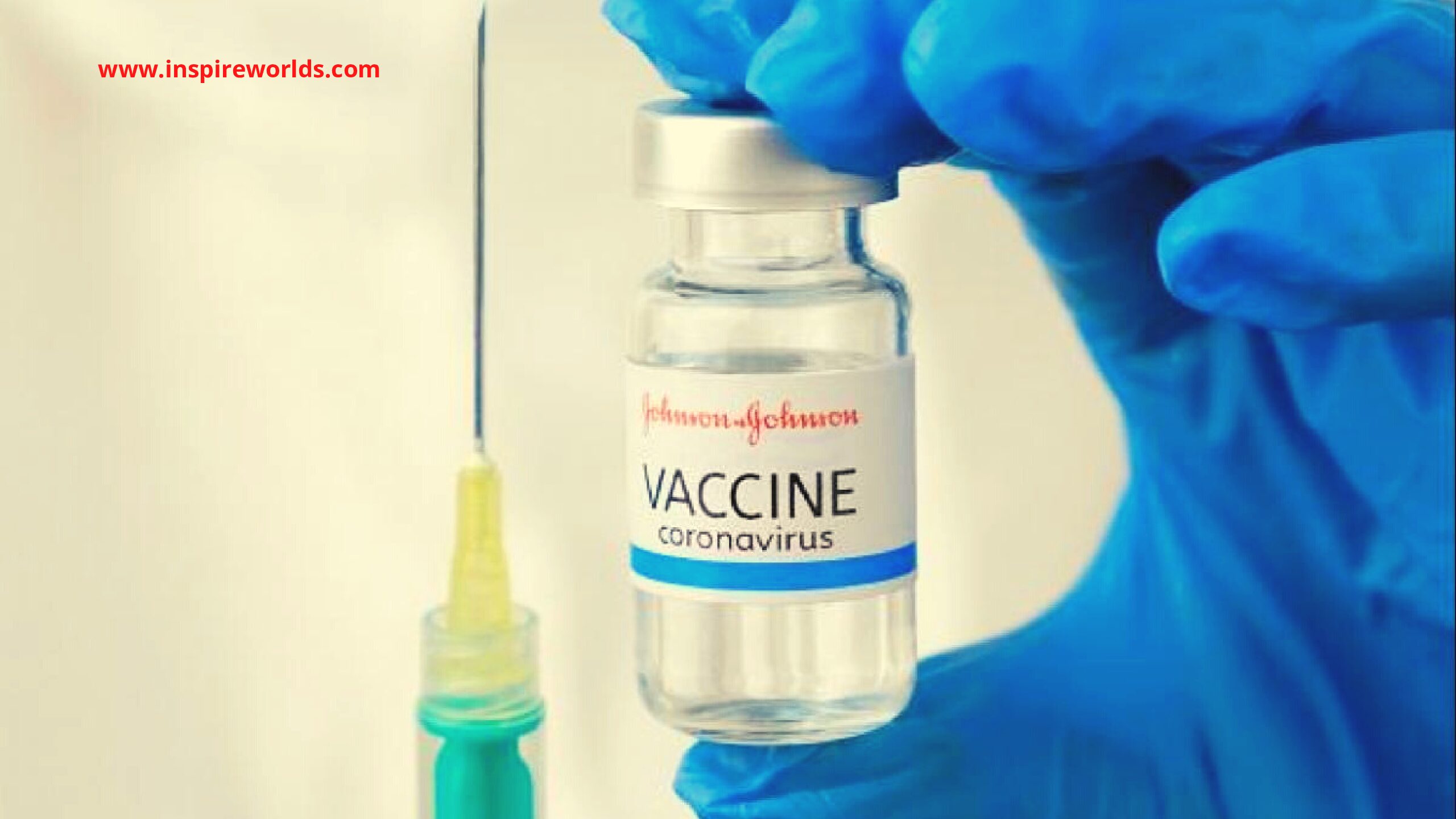J&J’s Janssen COVID-19 vaccine was given EUA in India on August 7 ( Train image of J&J COVID-19 vaccine U.S. health counsels championed a supporter of Johnson & Johnson’s COVID-19 vaccine Friday, citing concern that Americans who got the single- cure shot are n’t as defended as those given two- cure brands J&J told the Food and Drug Administration that an redundant cure adds important protection as early as two months after original vaccination — but that it might work better if people stay until six months latterly. Unfit to settle the stylish timing, the FDA’s premonitory panel suggested unanimously that the supporter should be offered at least two months after people got their earlier shot.
“ I suppose this honestly was always a two- cure vaccine,” said FDA counselDr. Paul Offit of Children’s Hospital of Philadelphia. “ It would be hard to recommend this as a single- cure vaccine at this point The FDA is n’t bound by the recommendation as it makes a final decision — and adding to the debate’s complexity, new exploration also suggests that J&J donors might have a stronger vulnerable response if their supporter cure is from a contending brand.
Primary results from an ongoing study of different ways to “ mix and match” different shots showed that a supporter of any kind provoke up people’s situations of contagion- fighting antibodies — at least for a many weeks. And the most dramatic jump came from giving a Pfizer or Moderna shot after the single- cure J&J vaccination FDA’s counsels did n’t bounce on whether that should be recommended but told the government to allow inflexibility with boosters, saying there were no safety red flags indeed if it’s not yet clear just how important difference, if any, mixing and matching may make in long- term protection “ In the real world all these kind of combinations are formerly passing so I suppose it’s a matter of some urgency for the FDA to help sort out what’s actually a complicated and grueling script,” saidDr. Ofer Levy of Boston Children’s Sanitarium.
The government says all threeU.S. vaccines continue to offer strong protection against hospitalization and death from COVID-19, and that the precedence is getting first shots to the 66 million eligible but unvaccinated Americans who are most at threat. But with the spread of theextra-contagious delta variant and signs of waning impunity against milder infections, the nation is moving toward a broader supporter crusade Last month Pfizer boosters started being offered to seniors and youngish grown-ups at high threat from COVID-19 because of poor health, jobs or living conditions — at least six months after their original vaccination. Thursday, the FDA premonitory panel recommended the same approach for half- cure Moderna boosters But J&J’s vaccine has constantly shown lower effectiveness situations across a series of studies — and the FDA panel eventually settled on another shot for any philanthropist 18 or aged at least two months after their first vaccination.
“ This is really– with the alternate cure– bringing it, I suppose, on par with those other vaccines in terms of effectiveness,” saidDr. Archana Chatterjee of Rosalind Franklin University The FDA will use its counsels’recommendations to decide whether to authorize boosters for both J&J and Moderna. Next, the Centers for Disease Control and Prevention would rule on who should roll up their sleeves.
The vast maturity of the 188 million Americans who are completely vaccinated against COVID-19 have entered the Pfizer or Moderna options, while J&J donors regard for only about 15 million J&J’s vaccine is made with a different technology and on Friday, the company pitched its supporter as a way to strengthen a robust vaccine that they said has retained its defensive power over eight months. But FDA scientists pointedly challenged that assertion.
“ There are data that suggest the effectiveness of this vaccine is actually less robust than the company’s donation then,” saidDr. Peter Marks, FDA’s top vaccines functionary. “ And that’s a finding of concern particularly because that’s been seen in nonage communities potentially and others As for its supporter, J&J presented results from a large study that plant giving a alternate cure just two months after the first banged protection against characteristic COVID-19 to 94 from 70 inU.S. donors. Giving that supporter six months latterly rather urged an indeed bigger jump in contagion- fighting antibodies.
But in their own review, FDA scientists noted only a bitsy portion of cases involved the delta variant, by far the dominant strain in theU.S. And while FDA’s pundits plant no new safety enterprises about a alternate J&J cure, they noted other failings. J&J followed supporter donors for little further than a month, making it hard to draw conclusions about the continuity of protection. Also, FDA scientists stressed they had n’t had time to singly confirm J&J’s data, which were submitted shortly before the meeting. That’s largely unusual and drew serious concern from the premonitory panel The J&J vaccine was largely anticipated for its one-and- done expression. But its rollout before this time was hurt by a series of troubles including manufacturing problems and some rare but serious side goods including a blood clot complaint and a neurological response called Guillain-Barre pattern. In both cases, controllers decided the shot’s benefits overbalanced those pitfalls.

